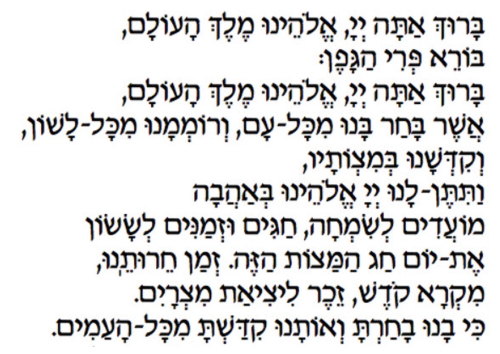
Paleo (Biblical) vs. Modern Hebrew



Paleo and modern Hebrew are basically the same language, with some Paleo words considered archaic or obsolete today. Some modern Hebrew words for which there was no need back in the day, were either invented imaginatively (e.g., ice cream גלידה), constructed from existing Hebrew words (e.g., refrigerator מקרר), or borrowed from other languages (e.g., technology טכנולוגיה).
Many of the existing scriptures written in Paleo Hebrew show a tendency toward more complex, poetic expression, making it more challenging. Understandable—modern poetic writing can also leave us scratching our heads: Did the writer mean A or B? Just as colloquial, everyday English is easier to comprehend than, say, Shakespeare’s writings, I imagine that the speakers of Paleo Hebrew used simple, common language to communicate among themselves.
The Torah is a powerful source of ancient Hebrew text. The verses can sometimes sound as run-on sentences. The syntax is close, but not always identical to that of modern Hebrew (comparable to “gloweth the fire” in Middle English vs. today’s “the fire glows”). Another curious difference is Paleo Hebrew’s treatment of verb tenses.
- Modern Hebrew uses the same tenses that we use in English; past, present and future.
- These tenses relate to time, or when/whether an action is completed.
- In Paleo Hebrew we have only two tenses; perfect and imperfect. These ancient tenses were related to action.
- The perfect tense is used for a completed action.
- The imperfect tense indicates an incomplete action.